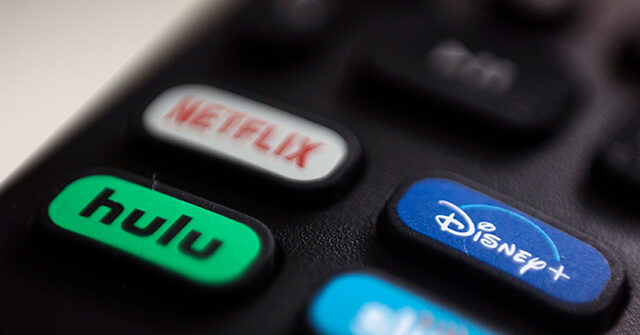In the most recent quarter of 2024, Charter Communications, one of America’s largest cable TV providers, lost nearly 400,000 subscribers.
The far-left Hollywood Reporter said on Friday:
The company, led by CEO Chris Winfrey, revealed that it lost 393,000 residential pay TV subscribers in its latest quarter, compared with a loss of 189,000 customers in the year-ago period. Video revenue totaled $3.9 billion in the second quarter, down 7.7 percent year-on-year as Charter ended the latest financial period with 13.3 million overall video customers, down 9.5 percent from a year earlier.
Charter and Comcast, which similarly shed video customers amid a pivot by consumers to streaming platforms, have rolled out their Xumo streaming platform to retain TV content subscribers. Winfrey on a morning call with analysts said video customers were making choices “based on affordability.”
Charter is down to just 13.3 million total video subscribers. Back in September of 2018, Charter had 16.1 million. And the cancellations are accelerating as people get used to streaming. Why pay for internet and cable TV when paying for the internet gives you access to the equivalent of free cable TV through services such as Tubi, FreeVee, Roku TV, and Pluto? There is so much free streaming TV out there you won’t believe it.
In 2013, 100.5 million households subscribed to cable TV. By 2020, that number had dipped to 78.2 million. Today, that number is closer to 72 million and is expected to dip to 57 million by 2026.
And this is why the bottom is falling out of entertainment stocks.
In 2014, Warner Bros. stock was worth around $75. Today it’s worth $7.15.
Just a few years ago, Disney Grooming Syndicate stock was worth well over $150. Today, it’s worth $90.
In 2014, Paramount stock was worth $19.5. Today it’s worth $5.00.
In 2021, NBC/Universal (Comcast) stock was worth nearly $60. Today, it’s worth $39.
Since around 2020, two realities have hit Hollywood: 1) the number of households cutting the cable/satellite TV (CSTV) cord is accelerating with no end in sight, and 2) streaming will never make up those revenues.
CSTV was affirmative action for Hollywood. You had 100 million households sending Hollywood tens of billions of dollars every single month directly through the carriage fees on their cable bills for channels they never watched. Through their cable bills, Americans subsidized dozens of outlets no one watches (CNN, MTV, Comedy Central, Disney Channel, etc.). That is why your CSTV monthly bill is so high. That’s why you were forced into huge packages filled with dozens of channels you never watch.
The breathtaking success of Netflix told Hollywood this was the new paradise. Investors demanded the studios replicate Netflix by pouring hundreds of billions into streaming shows. The problem is that streaming is a very different beast from CSTV. People actually have to want your content to subscribe to it. The CSTV days of Hollywood being paid for content no one watched is over. The bottom line is that not enough people subscribe to these streaming services (Netflix excepted) to make them profitable.
As streaming subscriptions plateau and two to three million cancel their CSTV every year, things will only get worse for Hollywood. The real growth is and will continue to be in free streaming services like those listed above, Pluto, etc.
Hollywood is in a real pickle, and the only way out is to deliver entertainment normal people want to watch. Woke, gay, DEI, and partisan crap don’t sell.
John Nolte’s first and last novel, Borrowed Time, is winning five-star raves from everyday readers. You can read an excerpt here and an in-depth review here. Also available in hardcover and on Kindle and Audiobook.






